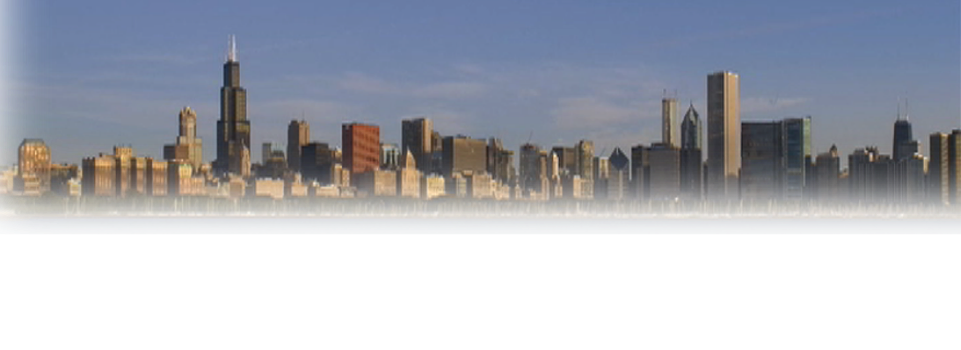
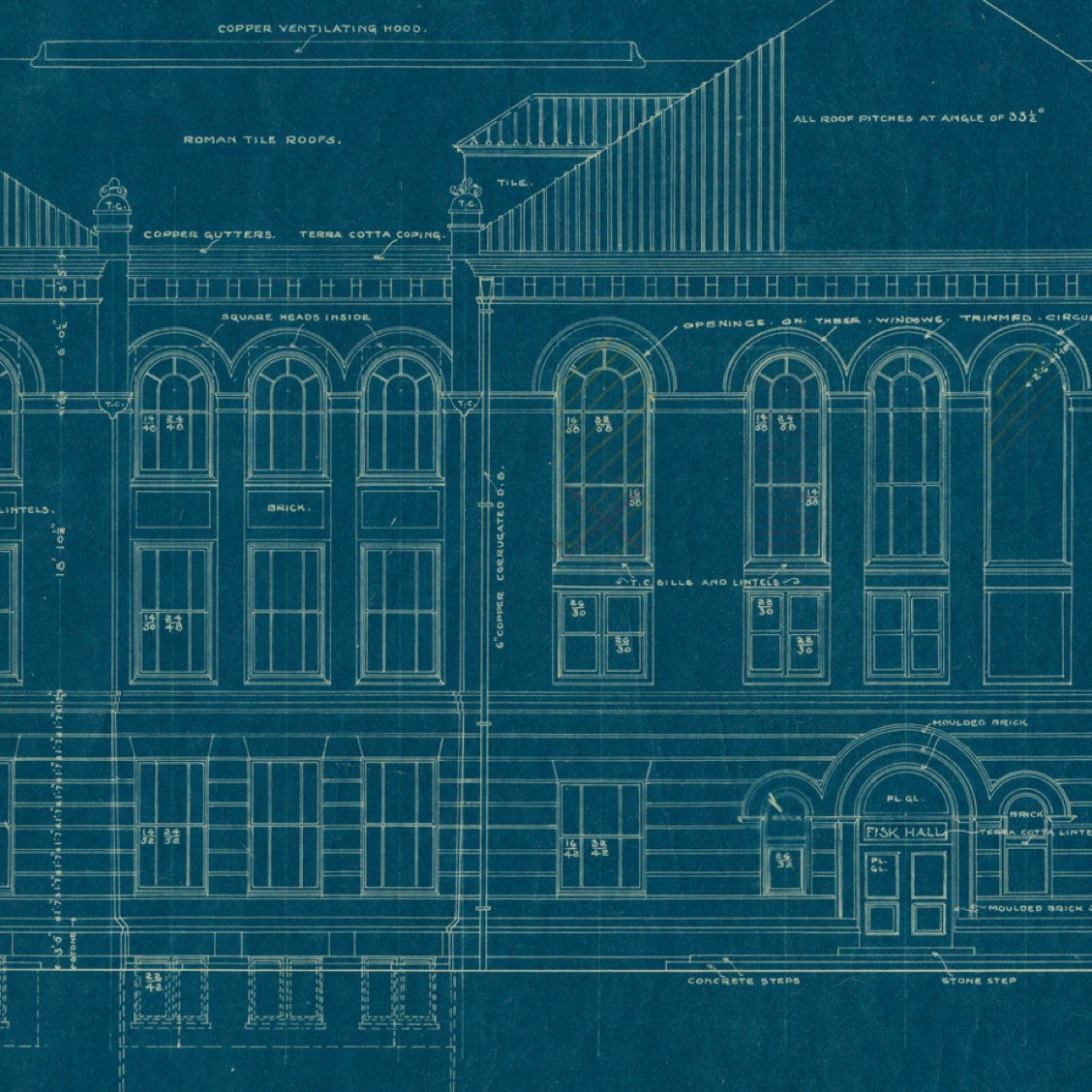
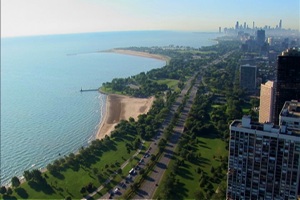
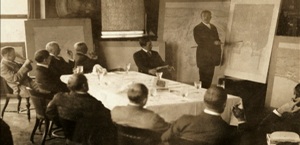
Copyright 2004 - 2011 • The Archimedia Workshop
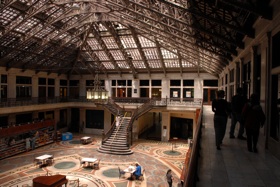
Daniel Hudson Burnham (1846-1912) was born in the small town of Henderson, New York, the sixth of seven children. He moved to Chicago with his family when he was eight years old. Thereafter he would be closely associated with the city’s growth and opportunities. He married into the wealthy Sherman family and became the father of five children. In1886 Burnham moved his family to the leafy suburb of Evanston, Illinois where he renovated an old farmhouse overlooking Lake Michigan. He died in 1912.
Burnham led one of the most successful architecture firms in the country. First as Burnham & Root and later as DH Burnham & Company, his office completed more than 500 structures. They include such architectural icons as the Reliance, Rookery, and Monadnock Buildings in Chicago; the Flatiron Building in New York; the Merchants Exchange Building in San Francisco; and Union Station in Washington, DC. Commissions came from around the country—Bar Harbor, Maine; Boston; New York; Philadelphia; El Paso; Kansas City; New Orleans; San Francisco and even London.
As Director of Works for the 1893 World’s Columbian Exposition, Burnham gained international fame. His opportunity to develop urban plans began with the McMillan Commission of 1901 that re-envisioned Washington, DC. Subsequent plans include Cleveland, San Francisco, Baguio City and Manila in the Philippines and his masterwork, the 1909 Plan of Chicago.
Critics charge that his designs are too monumental to be humane, too elitist to be democratic, and too dependent upon European prototypes to be American. Yet his work continues to shape the lives of millions of people each day.
As a man, Burnham was a paradox: politically progressive but conservative in taste; a tough businessman and sometimes a Swedenborgian mystic; a pragmatist and a dreamer; efficient and indulgent. These contradictions make a fascinating story.
“Burnham was fully engaged in civic life,” says Director Judith Paine McBrien. “He made the architect a public figure. He was bold, inspiring, competitive and complex. We’ve worked hard to bring his big personality to life.”

ç